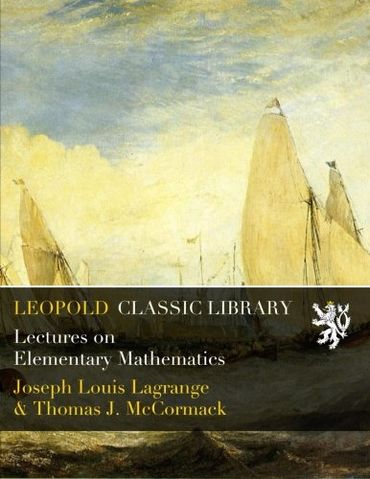What do you think?
Rate this book


Books that contain College Guides provide information to prospective students about courses, staff and facilities at colleges and universities. Titles include: 1861-1892, Fifth Report Harvard College Class of 1861, A history of the Cambridge university press 1521-1921, A visit to some American schools and colleges, American Colleges: Their Students and Work, Balliol College, Edinburgh University; A Sketch of Its Life for 300 Years, Etoniona Ancient and Modern, Being Notes of the History and Traditions of Eton College, Lincoln College, Oxford, Oriel college, Oxford and her colleges: a view from the Radcliffe Library, University of Cambridge, College Histories, and Yale Yarns; Sketches of Life at Yale University.
Also in this BookBooks about Teaching Methods discuss the principles used by teachers in educational institutions. Different teaching approaches are recommended for different subject areas, and have varied over the centuries. Examples of these titles include: A History of Education, A History of Education During the Middle Ages, the History of Educational Theories, A Method of Teaching Chemistry in Schools, Essays on Mathematical Education, Methods of Teaching Gymnastics, Religious Teaching in Secondary Schools, Story-Telling, Questioning and Studying, Three School Arts, The Teaching of History, Young boys and boarding-school, and The philosophy of school management.
And in this BookBooks about Mathematics consider problems that encompass quantity, space, and rates of change, test theories by with mathematical methods, derive statistical models that estimate actual activity to improve our understanding of real phenomena. Titles include: A Brief Introduction to the Infinitesimal Calculus, A Defence of Free-Thinking in Mathematics, A Memoir of the Theory of Mathematical Form, A treatise on the theory and solution of algebraical equations, Algebra Self-Taught, Algebra to Quadratic Equations, Bibliography of Quaternions and Allied Systems of Mathematics, Die Perspektivischen Kreisbilder der Kegelschnitt, Hints for the Solution of Problems in the Third Edition of Solid Geometry, and Partial Differential Equations. An Essay Towards an Entirely New Method of Integrating Them.
About usLeopold Classic Library’s aim is to provide readers with the highest quality reproductions of fiction and non-fiction literature that has stood the test of time. Our titles are produced from scans of the original books and as a result may sometimes have imperfections. To ensure a high-quality product we have:
If You can't find the book You're looking for, please write to us. We will look for it in our catalog and find the best price for You in our eBay store.
Come home to the books that made a difference!
Thank you for your interest in our books!
Paperback
Published December 17, 2015